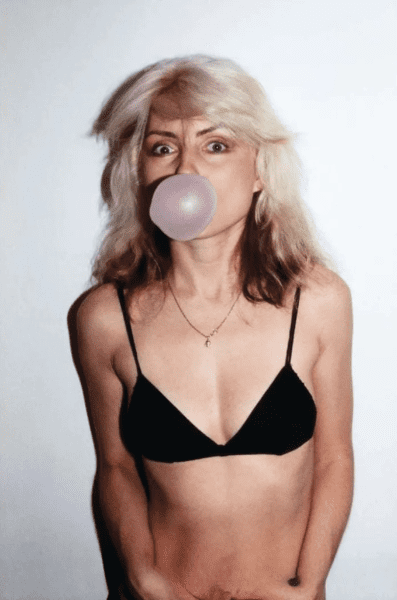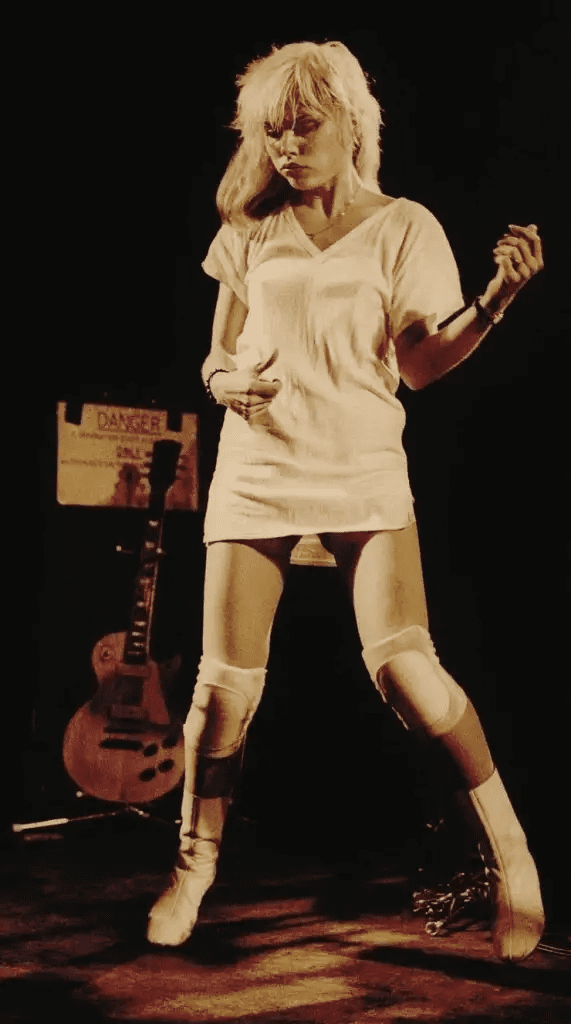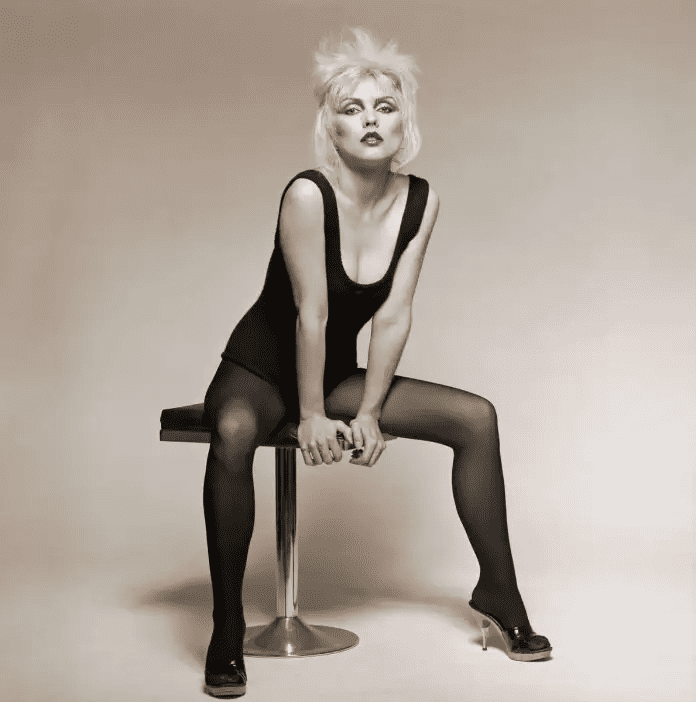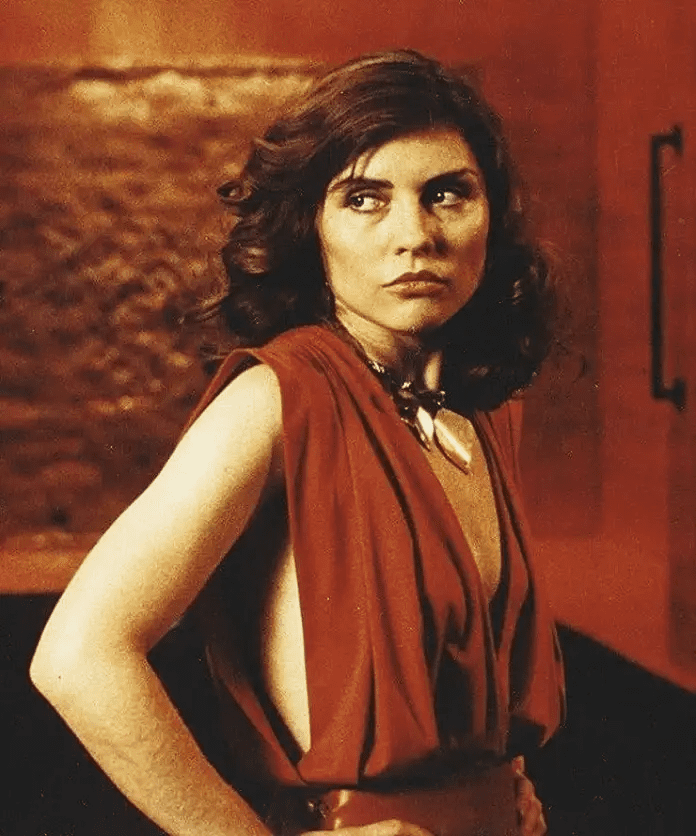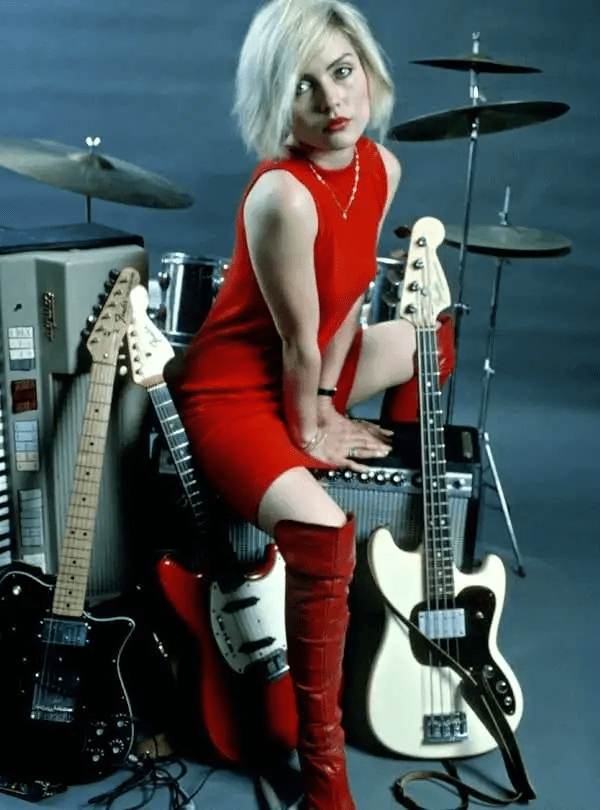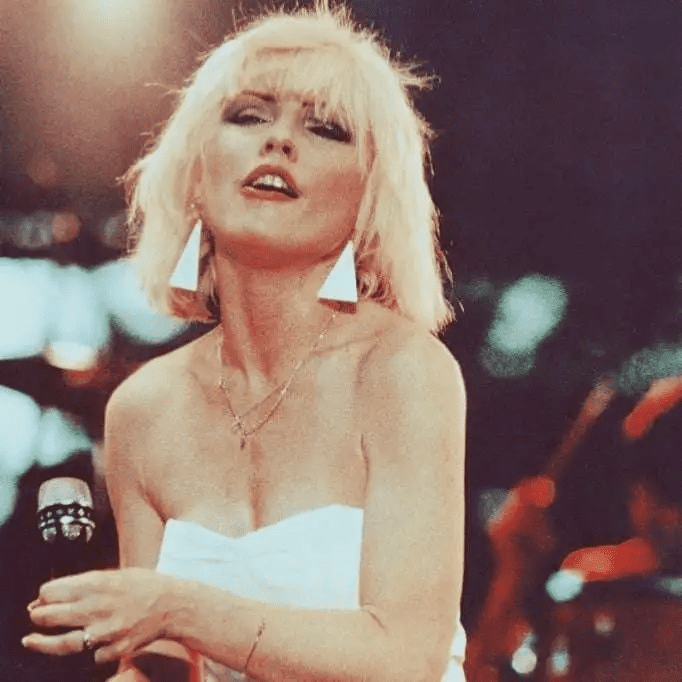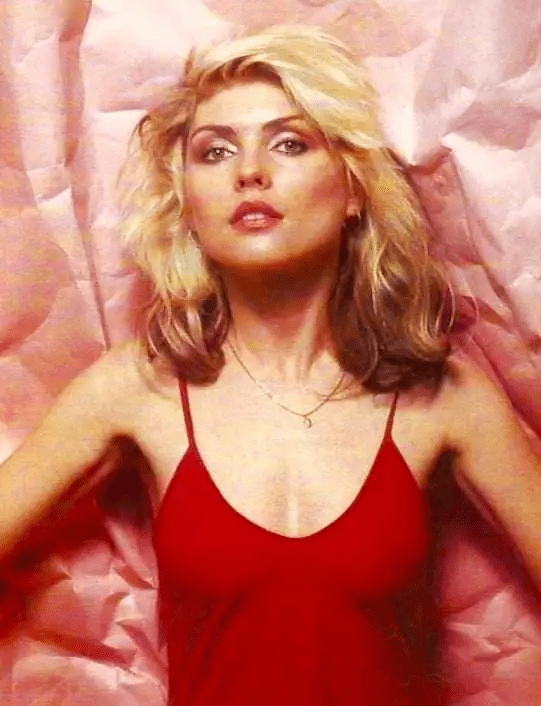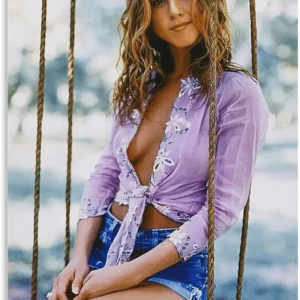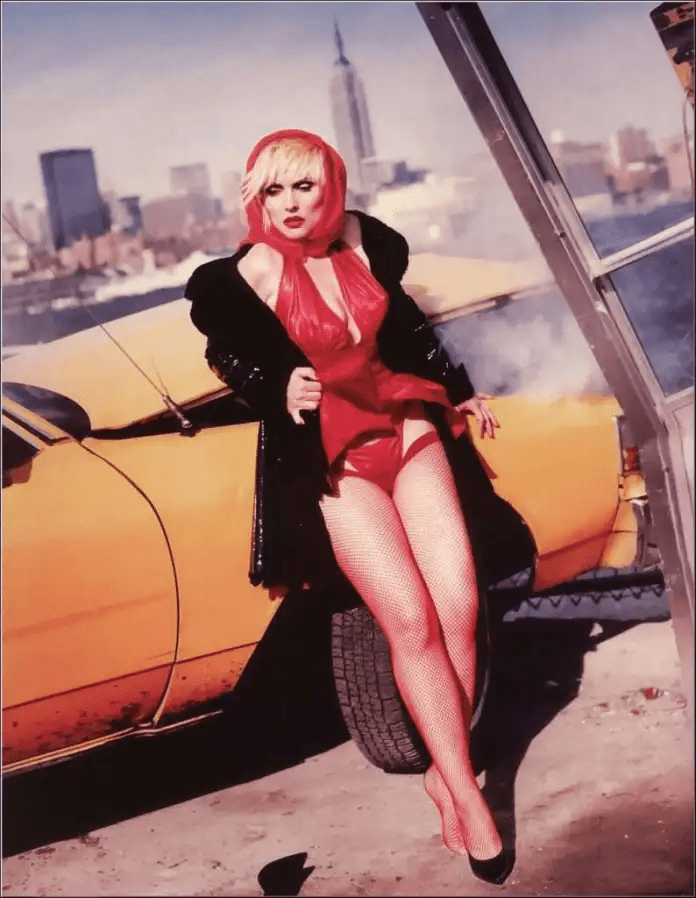
Debbie Harry is a name that stands as a symbol of rock and new wave music, a trailblazer whose influence reaches far beyond her years in the limelight. As the frontwoman of Blondie, she helped define the punk and new wave movements of the 1970s and 1980s, pioneering a sound that blended rock, punk, disco, and reggae with an undeniable coolness. Her distinctive voice, striking looks, and fearless attitude made her an icon, while her influence on music, fashion, and pop culture continues to resonate today.
Early Life: From Childhood to the Stage
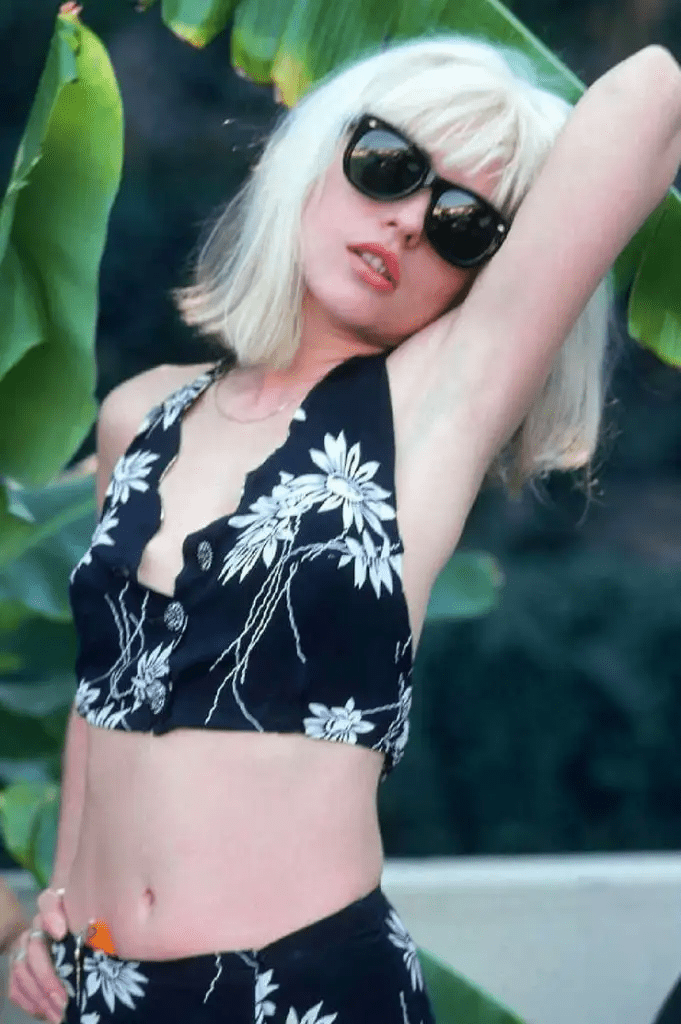
Born Angela Trimble on July 1, 1945, in Miami, Florida, she was adopted at three months old by Richard and Catherine Harry, who raised her in Hawthorne, New Jersey. From an early age, she was drawn to music, inspired by the powerful voices of the 1950s and 1960s. Her fascination with performance grew as she listened to artists such as Elvis Presley, The Beatles, and The Rolling Stones.
After graduating from Hawthorne High School, she attended Centenary College in New Jersey, where she studied art. However, the allure of music and the arts was too strong, and she soon moved to New York City to pursue her dreams. The vibrant and gritty energy of New York in the late 1960s was the perfect place for an artist like Harry to find her voice.
Video: Debbie Harry – Born July 1st 1945
Breaking into the Music Scene
Before rising to fame, Harry took on a variety of jobs, including working as a secretary at the BBC Radio New York office, as a go-go dancer, and as a waitress at the legendary Max’s Kansas City. During this time, she was also experimenting with music, performing in the folk rock group The Wind in the Willows in the late 1960s.
By the early 1970s, she joined The Stilettos, a girl group that performed in New York’s underground music scene. It was during this period that she met Chris Stein, a guitarist with a shared passion for music. Their creative chemistry was instant, and together, they formed the band Blondie in 1974.
Blondie: The Rise of a Music Revolution
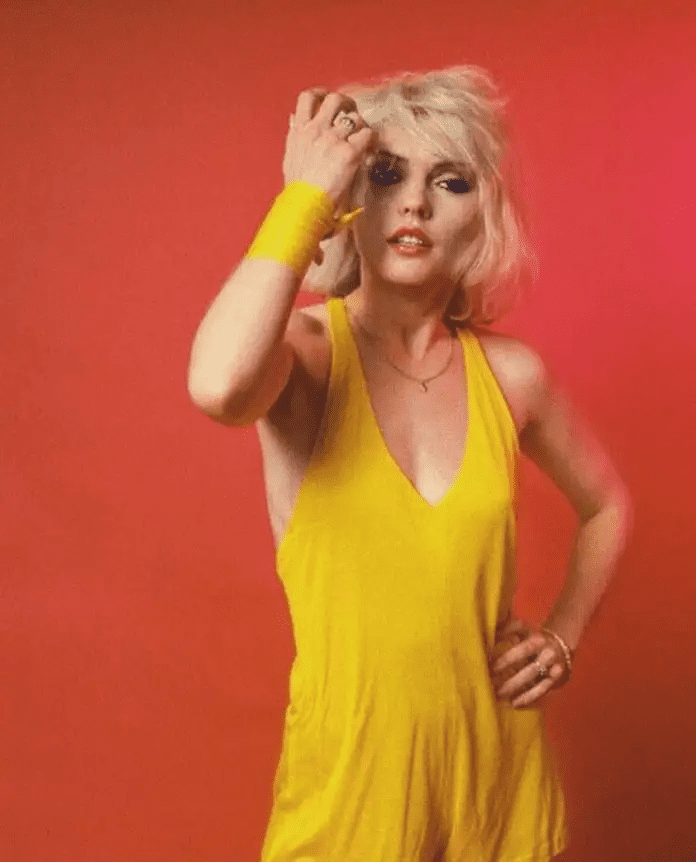
Blondie quickly became a fixture in New York’s CBGB punk scene, performing alongside iconic bands like The Ramones, Talking Heads, and Television. While their music was rooted in punk, they seamlessly incorporated elements of pop, reggae, disco, and even early rap, creating a distinctive and groundbreaking sound.
The band’s self-titled debut album, released in 1976, gained them some recognition, but it was their third album, Parallel Lines (1978), that catapulted them to international fame. The album featured “Heart of Glass,” a song that fused new wave rock with disco, becoming a worldwide hit and reaching No. 1 on the Billboard Hot 100.
Blondie continued their dominance with hits like:
- “One Way or Another” (1978) – A rebellious anthem that remains a classic.
- “Call Me” (1980) – A chart-topping track produced by Giorgio Moroder for the film American Gigolo.
- “Rapture” (1981) – The first song with rap elements to top the Billboard Hot 100, highlighting Blondie’s innovative approach to music.
- “The Tide Is High” (1980) – A reggae-influenced track that showcased their ability to experiment with different genres.

Debbie Harry’s unique voice and undeniable stage presence made her one of the most recognizable and influential frontwomen in rock history. She became a cultural icon, inspiring future generations of musicians, particularly female artists who saw her as a symbol of empowerment and artistic freedom.
The Challenges and Evolution of Blondie
By the early 1980s, Blondie was at the peak of their success, but internal tensions, creative differences, and personal struggles began to take a toll. In 1982, the band went on hiatus, partly due to Chris Stein’s illness, which required Harry to step back and care for him.
During this time, she pursued a solo career, releasing several albums, including:
- “KooKoo” (1981) – A futuristic and experimental album produced by Nile Rodgers.
- “Rockbird” (1986) – Featuring the hit “French Kissin’ in the USA.”
- “Def, Dumb & Blonde” (1989) – A commercial success that included “I Want That Man.”

Though her solo career did not reach the same heights as Blondie’s, she remained a respected figure in the music industry and continued to evolve artistically.
Blondie’s Comeback and Continued Legacy
After nearly 15 years apart, Blondie reunited in the late 1990s, and in 1999, they released No Exit, featuring the massive comeback hit “Maria”, which topped the UK charts. This return solidified their status as one of the most enduring and influential bands in rock history.
Video: Blondie – Dreaming (Sexy slideshow of Debbie Harry)
Since their reunion, Blondie has continued to record new music and tour worldwide. Their later albums, including The Curse of Blondie (2003), Panic of Girls (2011), and Pollinator (2017), have been praised for maintaining the band’s signature sound while embracing modern influences.
Influence Beyond Music: Fashion and Pop Culture
Debbie Harry’s impact goes far beyond music. Her bold fashion choices, including her signature platinum blonde hair, punk-inspired outfits, and androgynous style, have made her a fashion icon. Designers like Vivienne Westwood, Marc Jacobs, and Alexander McQueen have cited her as an inspiration.
Her influence can also be seen in film and television, with guest appearances in movies such as Hairspray (1988) and Cop Land (1997), as well as roles in independent films and television series.
Debbie Harry Today: A Living Legend

Even in her seventies, Debbie Harry remains an active and vital force in music and culture. She continues to perform with Blondie, release music, and collaborate with contemporary artists. In 2019, she released her memoir, “Face It”, giving fans an intimate look into her life and career.
Her ability to reinvent herself and remain relevant across decades is a testament to her artistic brilliance. She has influenced everyone from Madonna and Lady Gaga to Gwen Stefani and Billie Eilish, proving that her legacy will continue to inspire generations to come.
The Enduring Legacy of Debbie Harry
Debbie Harry’s biography, life, career, and present influence showcase a journey marked by innovation, resilience, and artistic fearlessness. From her humble beginnings to fronting one of the most legendary bands of all time, she has consistently pushed the boundaries of music and fashion.

Her ability to blend punk, pop, rock, and new wave with effortless coolness has solidified her as a true icon. Whether through Blondie’s chart-topping hits, her solo work, or her continued contributions to music and culture, Debbie Harry’s influence is timeless.
As she continues to perform and inspire, one thing is clear: Debbie Harry is not just a rock star—she is a legend.
Here are some great photos of her:

